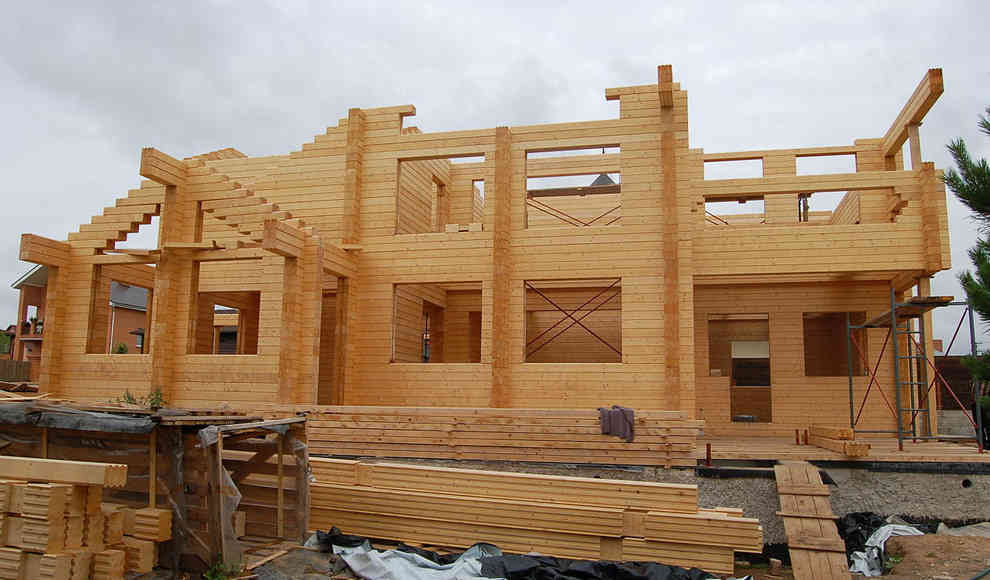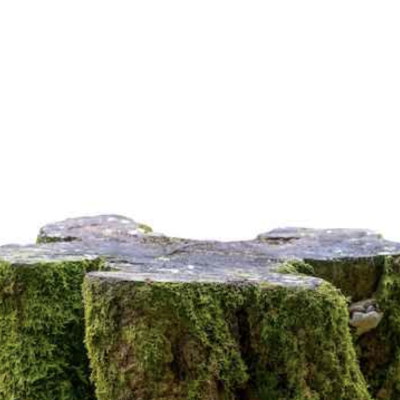Wood as a building material for houses is becoming increasingly popular. This is not surprising, as it offers many practical advantages, is cheaper than other building materials, and is better for the environment. Modern wooden houses have little in common with the typical image of a wooden house, except for the renewable building material. Technological advancements have made modern wooden houses almost unrecognizable as such. For example, there is a 25-meter-high, seven-story wooden house in the middle of Berlin and an eight-story wooden house in Bad Aibling. These two modern buildings are among the largest wooden houses in Germany (as of 04/2019). Even larger wooden houses are planned in Amsterdam, London, and Vienna, and soon the building height of 80 meters will be exceeded.
After being gradually displaced by building materials such as brick, iron, steel, concrete, and later even aluminum and plastics, wood was considered a backward building material for a long time. However, building with wood has become more popular in recent years. This is not only due to technological developments, such as the enrichment with metals that make the wood more stable, but also due to the low price and good ecological balance. In terms of ecological balance, wooden houses are hard to beat. Compared to conventional building materials, a cubic meter of wood produces about 8 to 30 kW/h. For concrete, it is between 150 and 200 kW/h, for steel structures 500 to 600 kW/h, and for solid bricks, it is around 1,100 kW/h. The construction sector in the European Union currently accounts for around 40 percent of energy consumption, which shows how important it is to save CO2 during building construction.
Klaus Richter from the Technical University of Munich also points out that “the effect of material substitution by wood contributed to the avoidance of fossil greenhouse gas emissions of 56.7 million tons of CO2 on average between 2005 and 2009.” Whether it is prefabricated houses or modern high-rise buildings, the trend in many countries is towards wooden houses. The pioneers are mainly Canada, Norway, and Sweden, but the USA, Switzerland, Austria, and Germany are also building more and more innovative wooden buildings. The increasing popularity of wooden houses as private homes is due to many factors. The already mentioned lower price and good ecological balance for the climate are just two of the advantages. Wooden houses have a very pleasant living climate and extremely good insulation values.










